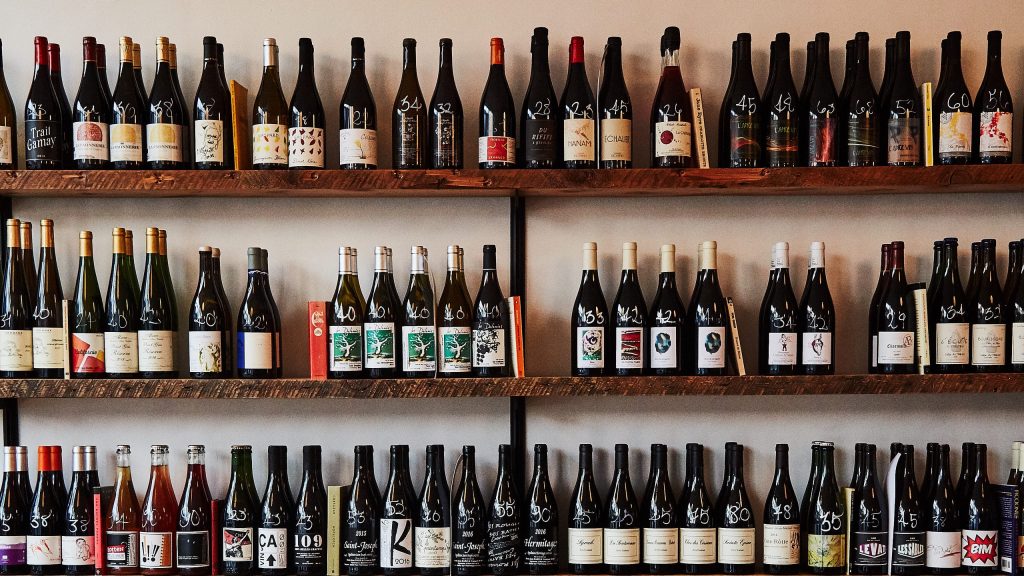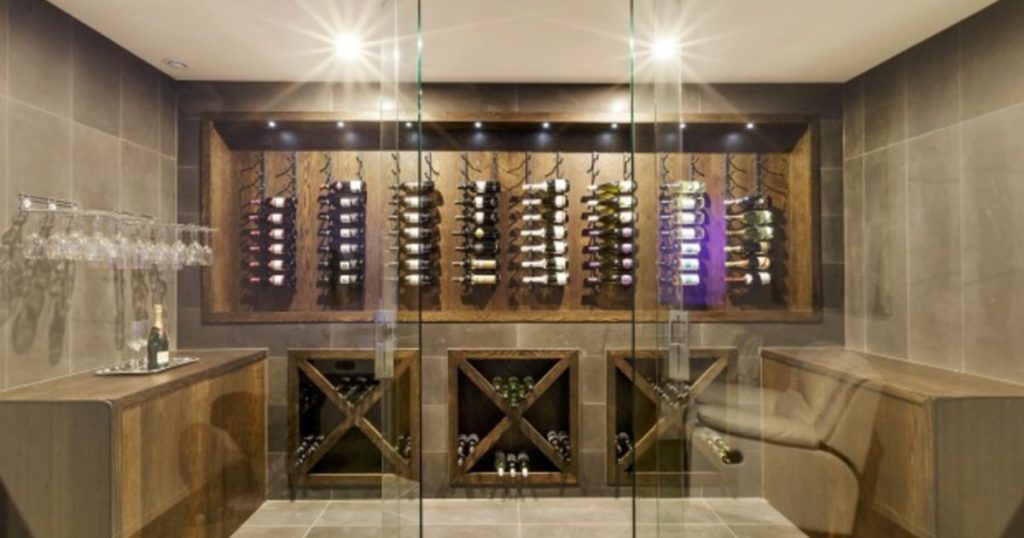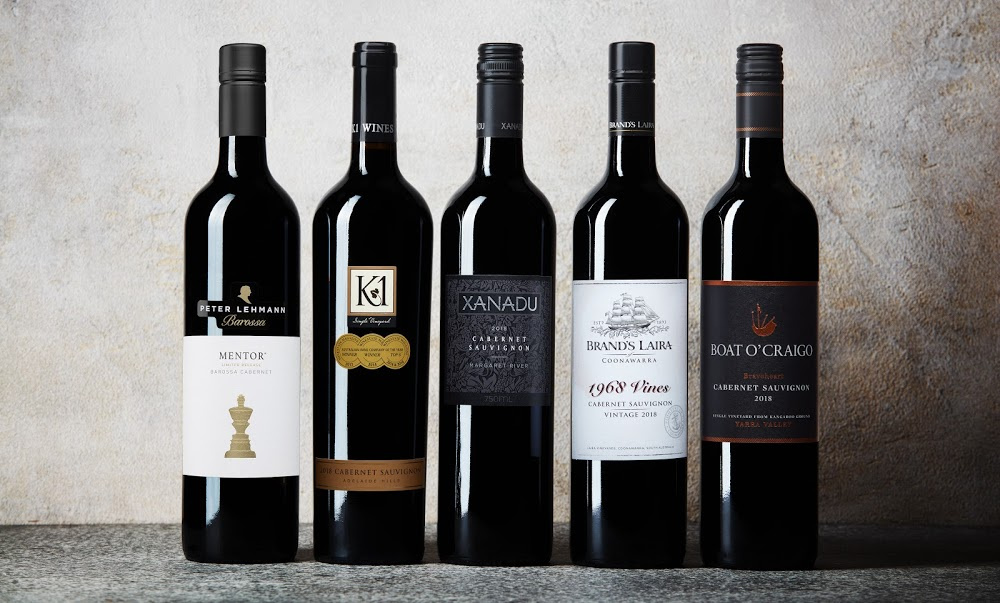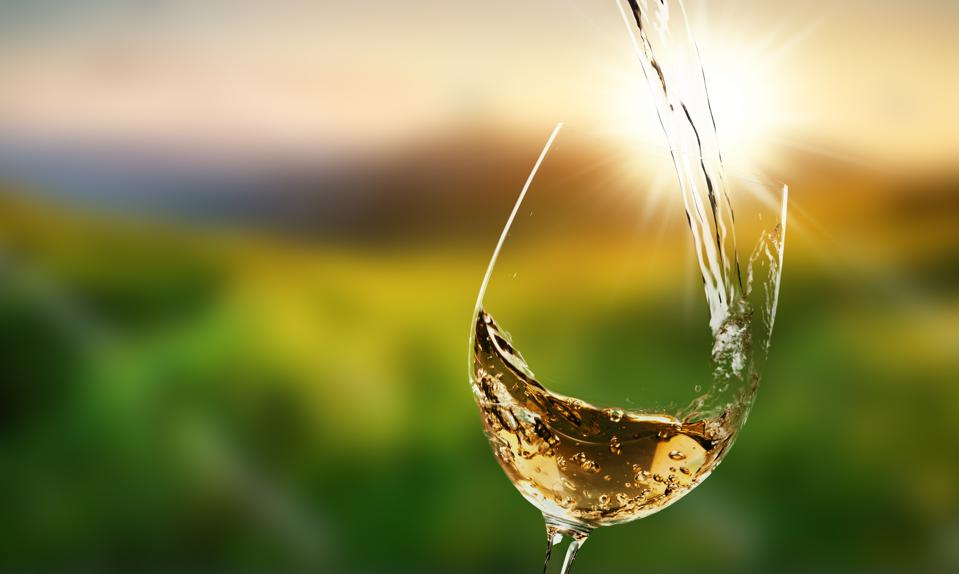When you think of a wine cellar, you probably picture a dimly lighted basement filled with dust-covered bottles left ages ago. However, the household wine cellar is a bit more conceptual than that and the reality about cellaring wine is that you don’t truly need one. All you need is a cold, consistent temperature of around 10-15 degrees and a dedicated space for storage away from sunlight.
Another thing to consider is that many age-worthy wines are neither exorbitantly priced nor in short supply, as sommeliers have recently trampled one other to get. Classics are classics for a reason: they have an established track record of excellence through dozens of vintages, as well as the potential to alter and improve with time.
Aging Suggestions

Finding wines that will improve with age is mostly about finding the perfect wine structure. The wines to have the proper chemical structure mostly consist of the right acidity, tannins, sweetness and the right alcohol levels.
The pH level of wines is important because wines lose acidity over time, thus the levels of the same should be somewhat higher. For dry white and red wines, as well as sparkling wines, high acidity and balanced alcohol levels of 12 to 13% ABV are a must.
Wine polyphenols help to keep things like colour and taste stable. As a result, wines with mild tannin have a longer time to mature. Grape tannins are also highly essential since they work as antioxidants and provide red wines with an advantage over white wines when it comes to maturing. However, tannins from oak barrel aging are added to the most age-worthy dry white wines.
For a long time, sugar has been employed as a fruit preservative. The same logic that underpins fruit preserves also applies to wines with high amounts of sweetness. Then there are the sweet wines, where strong acidity is vital again, but the alcohol content is all over the place. What they all have in common is the high residual sugar content. The excess sugar, which would have resulted in too much alcohol in a dry wine, now serves as a preservative.
One of the key catalysts that cause a wine to change is alcohol. Surprisingly, in larger concentrations, it also works as a stabilizer. So you’re looking for either low balanced alcohol levels or high alcohol levels. When alcohol levels are above 17 per cent, alcohol functions as a preservative. That’s why it’s important to read the labels and pay attention when looking for wine deals online.
Temperature management is the most important factor for successful wine cellaring. The crux of the matter is to keep a moderate and consistent temperature, as excessive heat, or continual temperature spikes and drops, will substantially decrease your wine’s life expectancy and affect its aging trajectory and certainly not for the better.

What Are the Best Wines to Cellar
Red Wines
The main distinction between red and white wines is that red wines are fermented with the grape skins, seeds, and part or all of the stems, whereas white wines’ juice is removed from all of this prior to fermentation. As a result, even before going into barrels for age, red wines have substantially greater tannin levels than white wines, which is what allows a wine to be preserved for longer.
However, the levels of these tannins can vary, and certain red wines age better than others, which is mostly because of the grape type. The intrinsic characteristics of acidity and tannin in wine provide a runway for it to evolve and improve over time. This is why some varietal wines taste better with age than others, and vice versa. So red wines with high acidity and tannin actually benefit when left to age for a few years.
Just to name a few, high tannin red wines are Cabernet Sauvignon, Cabernet Franc, Nebbiolo, Sangiovese, Tempranillo, Bordeaux blends, Merlot and Petite Sirah. Malbec, Syrah, and Zinfandel are examples of medium tannin wines, whereas Gamay, Barbera, Pinot Noir, and Valpolicella blends are examples of low tannin wines.

Even though high-tannin wines age far better than low-tannin wines, another factor to consider is whether the wine you’re getting will be age-worthy or not. Low-quality wines will not survive as long as high-quality wines of the same grape variety. One of the first things to learn about aging wines is that if a wine is faulty or simply not very good, it does not magically improve with age, which is why it is critical to find some decent wine deals online.
If you want to age your wine for a short period of time, let’s say 5-10 years, then choose the best Pinot Noir you can find. Next time you go to buy your favourite bottle of Shiraz or Merlot, get a second one to put away, or see if there are discounts or wine deals online for purchasing six or more bottles.
White Wines
White wines have a shorter maturing period than red wines. This is due to the fact that they lack the structural components seen in red wines. There are a few outliers, but for the most part, white wines rarely endure more than ten years.

With age-worthy dry white wines, look for three things: acidity, a hint of phenolic bitterness, and, in some cases, oak tannins. Because polyphenols tend to minimize the chemical processes that degrade wine over time, oaked whites often have a longer timetable. To protect wines from becoming flabby with age, make sure the acidity is high.
But what exactly is phenolic bitterness? Bitterness in white wines can arise from three sources: a particular fragrance ingredient (terpenes, which is prevalent in fragrant white wines like Riesling), slightly underripe grapes, or extended skin contact during winemaking. While most of us dislike bitter notes in white wines, this feature adds enough polyphenols to give white wines a longer runway. You may anticipate the wine to age relatively well as long as it isn’t extremely harsh and has excellent acidity.
Fortified Wines
If you want to take it a step further and go for a longer aging window, then investing in some fortified wines would be the most satisfactory thing you can do. Fortification is the process of preserving wine by adding a neutral distillate (typically grape brandy). These wines have the longest shelf life of any wine, and some continue to develop in flavour as they age in cellars for 200 years or more. Of course, certain fortified wines aren’t supposed to be aged, but in general, fortified wines that have spent the most time in wood will age the longest. The time spent in wood constantly exposes the wine to minute amounts of air, causing red wines to lose colour and white wines to brown, yet it actually stabilizes the flavour.